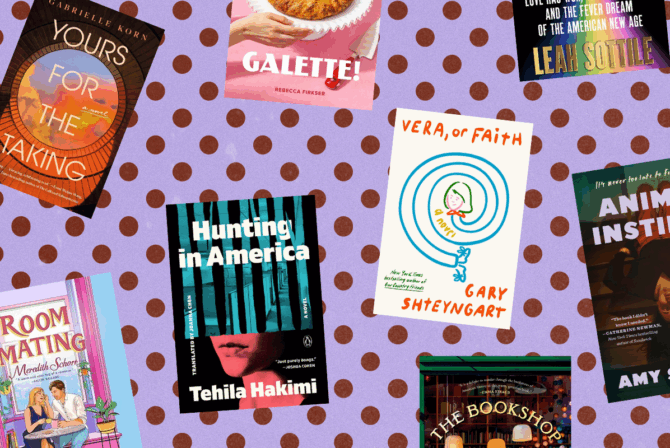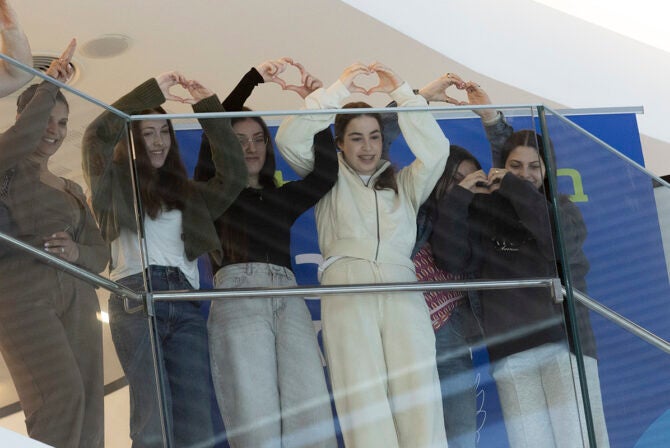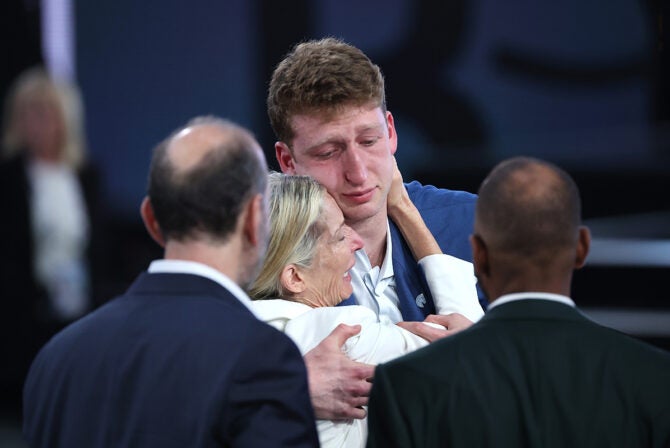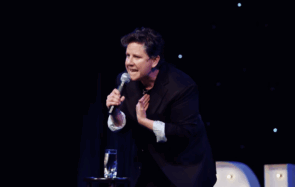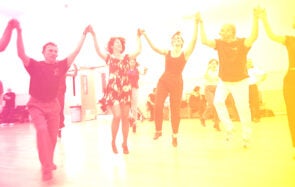This year, there are several weeks between Easter and Passover, a welcome respite from the springtime quandary many interfaith families face as they balance chocolate bunnies and the afikomen.
Easter and Passover, in my experience, don’t create the same kind of difficulties as their winter counterparts, Christmas and Hanukkah. The Easter/Passover question fails to inspire the same degree of emotion as questions over the presence or absence of a Christmas tree in an interfaith family’s home. Still, each spring my family finds a new Easter/Passover balance, emerging from the little details of each celebration.
At the first Passover seder, I celebrated with my then-boyfriend’s family, I remember the welcome in my future in-laws’ eyes as they told me that they hoped that all participants at their table would feel as if they, too, that very night, had been liberated from bondage. Although I came from a different background and different tradition, a seder in their home became a universal event, open to all who would experience the mystery of moving from suffering to joy.
Through the years, I learned that the seder at my in-laws’ house emphasized Earth Day, springtime, rebirth, reawakening and the joy of a new life, manifested in this world, here and now in this life. My spouse and I carried these themes into our own seder celebrations that welcome both family and friends. Like the wedding couple that breaks the glass as a reminder that even at a time of joy, brokenness remains in the world, each year at the seder my family recalls tikkun olam, Judaism’s message of healing the world’s broken places.
Although I’d been raised in a liberal Episcopalian environment, for me Easter had by then come to mean a springtime celebration of rebirth. Some years I attended Unitarian Universalist Easter services, singing “Lo the Earth Awakes Again” in place of “Jesus Christ is Risen Today,” and thinking of my much more devout friends who mocked this seemingly watered-down springtime sentiment.
Passover, though, was anything but watered-down, especially after four cups of wine. It remains my husband’s favorite holiday, and as the better chef in our household, he delights in planning the menu, doing and re-doing the haggadah and making sure that we have to extend our dining room table past its maximum capacity for the celebration to feel complete.
As I’ve experienced Passover with my extended family for the past 14 years, Passover makes a certain kind of sense. Each year, matzah still tastes good for at least the first five days. Matzah brei with smoked salmon and maple syrup, matzah served with leftover Sephardic charoset (a delectably mortar-like concoction of dates, figs, nuts, spices and honey) and matzah granola liberally doused with honey and maple syrup, seem like the foods of heaven for the first few days. The leftover bottles of wine help wash the crumbs down when the matzah starts to lose its once-a-year appeal.
Beyond the food, Passover promotes a message of rebirth and liberation that aligns with both the anticipated return of springtime as well as good solid social justice.
Given all of this, each year I happily ceded the springtime holiday sensibilities to the Jewish half of my interfaith family (something I’ve never quite been able to do in December).
Passover became a rebirth I could sink my heart, and even my teeth, into—at least, until I provided grandchildren for my Easter-celebrating parents.
Once grandchildren came on the scene, suddenly my parents and grandparents wondered about chocolate bunnies, Easter eggs, gifts in pastel wrapping paper and other secularized symbols of the springtime season (and sometimes, even, if we’d be attending church that year).
My childhood celebrations of Easter started pajama-clad as my brother and I hunted for our Easter eggs, finding them in the closet, the dryer, the washing machine or other odd locations. We changed into fancy pastel clothing and drove to church, where the sweet smell of flowers and the triumphant sounds of trumpets and organ greeted us, after which we returned home to a fancy Easter dinner. We ate chocolate bunnies, dyed pastel eggs and I gave all my much-detested jellybeans to my brother in exchange for a few more egg-shaped Reese’s Peanut Butter Cups.
It shouldn’t have surprised me, then, when my daughters looked forward eagerly to our neighborhood’s egg hunt. Even my husband, who’d initially and understandably balked at the idea of a Christmas tree in his home, wasn’t alarmed at our children participating in what he called a “pagan celebration of springtime,” as out the door they ran, baskets in hand, eggs and chocolate on their minds.
So, I’ve adjusted each year to a new balance between a childhood tradition that has come to mean considerably less, and an adult tradition that has come to mean so much more. My children happily accept Easter gifts when given, and look forward gleefully to matzah right around the corner (they love matzah!).
Still, I wonder, what does your family do when Easter and Passover overlap? Is it a dilemma in your house? If so, how do you handle it?
This essay was reprinted with permission from InterfaithFamily: supporting interfaith families exploring Jewish life. Sign up for their newsletters here.
Read More:
Mayim Bialik: My Super Easy Moroccan Salad Recipe for Passover
That Time I Spent Passover in a Psychiatric Hospital
This ‘Thriller’ Inspired Passover Video is Everything You Need Right Now
